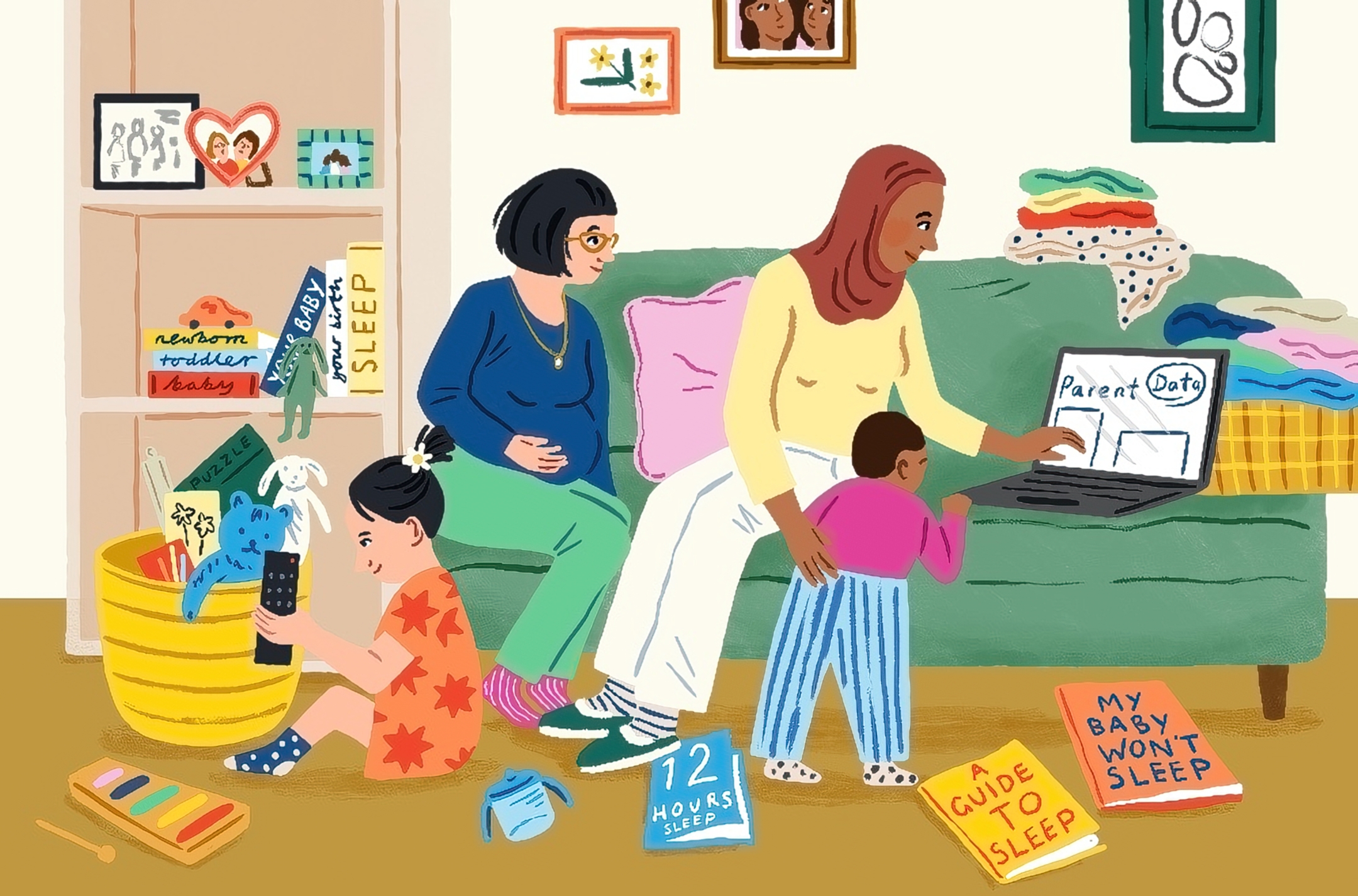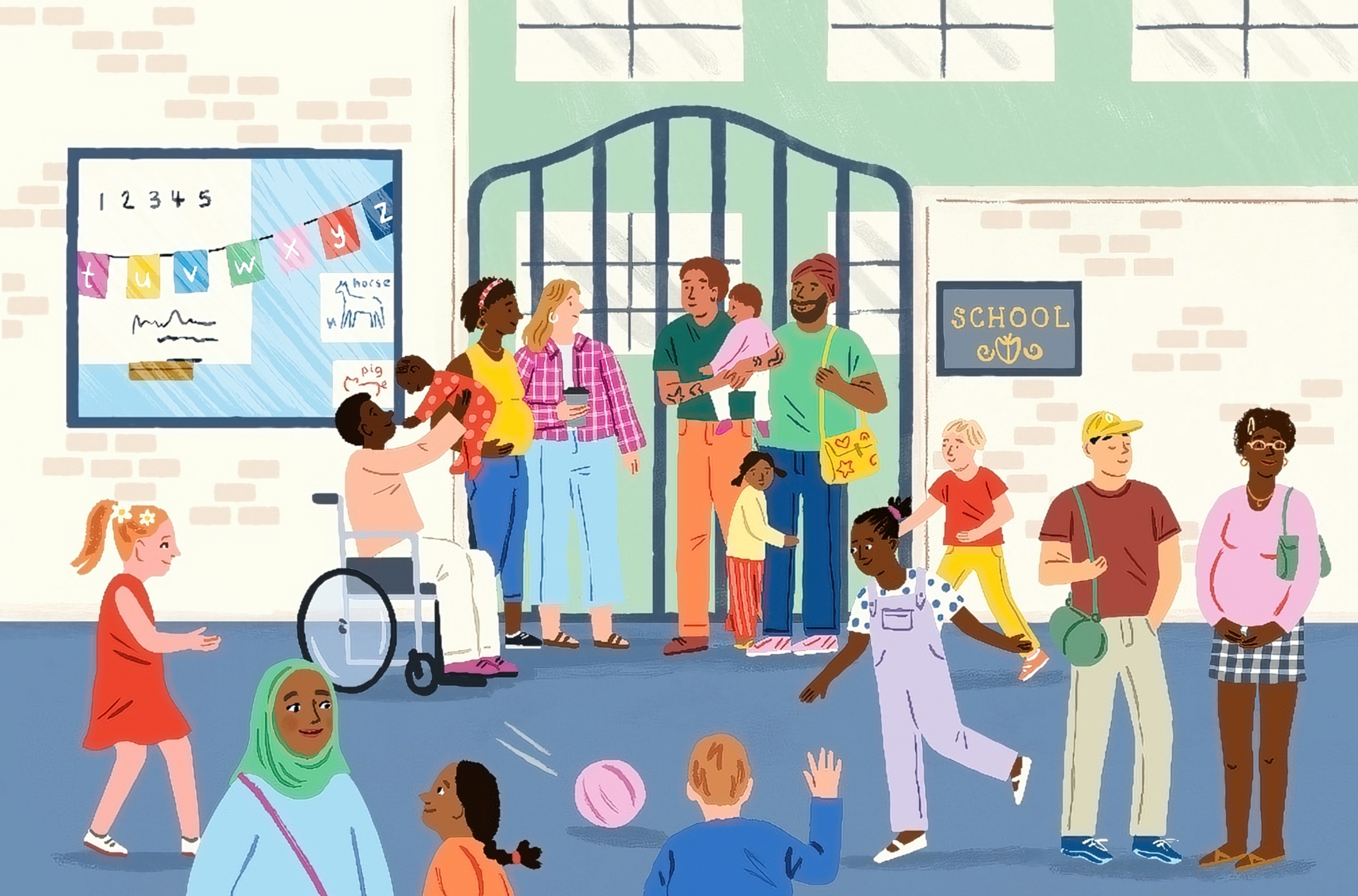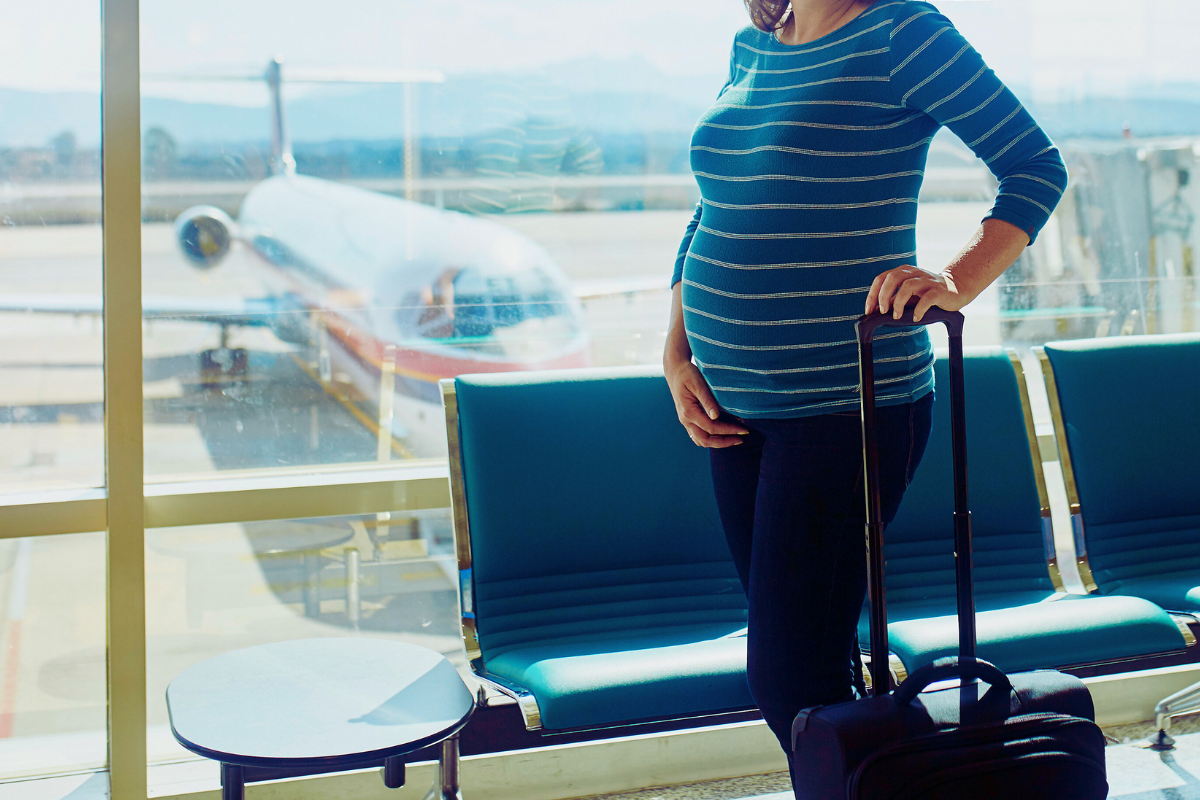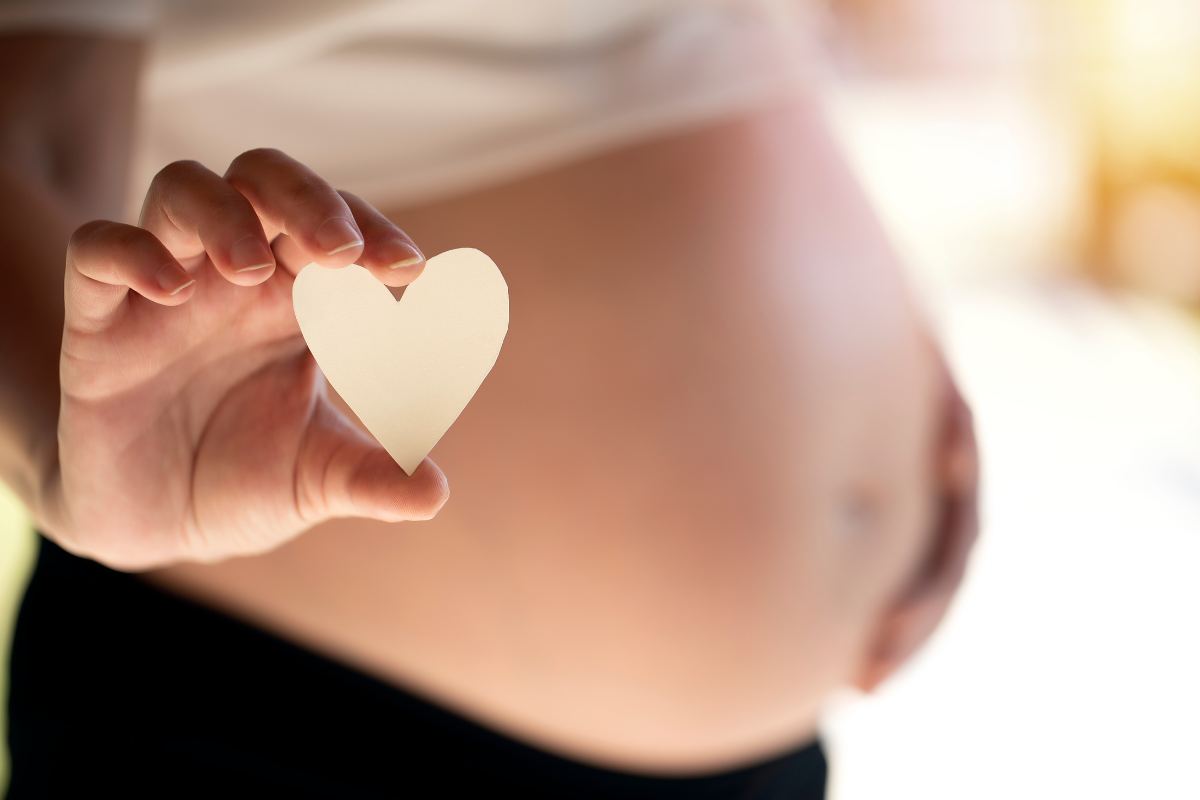When I was pregnant (both times), recreational marijuana use was illegal throughout the U.S. This made it both less relevant to many people and also difficult to research. It’s already hard to learn about causality in alcohol and tobacco, which are legal. A similar analysis for illegal drugs is even more difficult. For one thing, illegal behaviors tend to cluster, so women who use marijuana are more likely to use other drugs. But, probably worse, reporting on use is hugely biased, and we are likely to identify only a (very non-random) subset of women who use.
However, in the past decade, more and more states have legalized marijuana for recreational use. This has had two effects. First, it has made social use of cannabis more acceptable, and many more pregnant people wonder if it is okay to continue to use. Second, it’s made the data just slightly better.
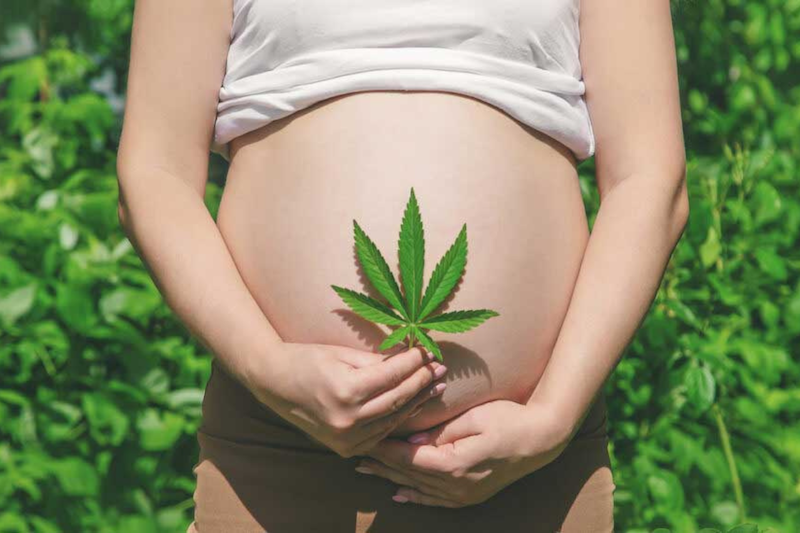
How does cannabis use during pregnancy impact birth outcomes?
I will caution that the data is still really quite limited and inconclusive on this. A 2020 review of evidence showed that marijuana use in pregnancy was related to demographics like education, income, marital status, and race, but not always in the same direction and not consistently across studies or study locations. That review points to the possibility of lower birth weight, diminished IQ, and more behavior problems among children whose mothers used cannabis during pregnancy, but notes it is very difficult to separate the marijuana use from other demographics or variables.
There are several recent studies on cannabis use in pregnancy. A 2019 study out of Canada focused on the specific question of whether marijuana use in pregnancy affects infants at birth. This study is enormous, which is part of what makes it good: more than 600,000 women in Ontario were studied between 2012 and 2017. During this period, Ontario collected systematic data on marijuana use (asked of women at an early prenatal visit), and this information was included in official prenatal records along with information on infants at birth (birth weight, prematurity, etc.). The marijuana use is still self-reported, which is an issue, but at least it is consistently collected.
The sheer number of people in the data allowed the study’s authors to use a “matching” technique in their analysis. Basically, they take the sample of women who report cannabis use, and for each woman, find a “matched control,” a second woman who has the same demographic characteristics (things like age, cigarette smoking, weight, previous pregnancies, etc.) but who did not use cannabis. They then compare the birth outcomes for the cannabis user to those of her matched control. This isn’t perfect, of course, since the researchers cannot see everything about people, and the two groups may well still differ on other variables. But it can eliminate a lot of the obvious biases.
When the authors do their matching and comparison, they find evidence of worse birth outcomes among the cannabis users. This includes an increased risk of prematurity and NICU transfer. The increases are moderate but statistically significant: preterm birth occurred in 10% of cannabis users and 7% of nonusers.
Another study, published in 2024, used data from California to analyze the relationship between prenatal cannabis use and pregnancy complications. The authors find evidence of a small increase in preeclampsia and gestational hypertension among women who use cannabis; they find a decrease in the risk of gestational diabetes. It is important to note that the effects in this study are very small, and they are very sensitive to controls for other differences across women.
Both of these studies, especially the second, are subject to worries that the group who uses cannabis is different than the group who does not. This concern is less than it would be if cannabis was illegal, but even with legal usage, there are very large differences between users and nonusers, which are likely to drive at least some (possibly all) of the results.
Does cannabis use during pregnancy affect children in the long term?
The same authors who studied births in Ontario have a separate paper, with the same matching approach, to look at longer-term developmental outcomes. They find a higher rate of autism spectrum disorder in children of women who use cannabis (the percent increase is large, about 50%, and significant). They find smaller, insignificant increases in other learning disabilities. Other work has looked at similar things, with mixed results. A 2024 meta-analysis showed no increase in autism rates, although a small increase in ADHD; a second meta-analysis suggested that the risk was increased for both. Yet another study showed no evidence of developmental delays.
Overall, this question is even more difficult than studying birth. Differences across families in post-birth experience and diagnosis, as well as genetics, are likely to drive a lot of the results. More data may come, but thus far, the evidence is inconclusive.
Closing thoughts
Taking all of this together, my sense is that caution is still warranted in recreational cannabis use in pregnancy. In September 2025, ACOG issued new guidelines on cannabis in pregnancy that strongly discourage usage. They discuss the need for screening for cannabis use in pregnancy and approaches to help individuals stop using. Based on these guidelines, pregnant people may see more frequent screening during their prenatal visits.
One thing that makes this more complicated is that there is some discussion of possible benefits for nausea treatment. For women with very severe nausea during pregnancy, the benefits may outweigh the risks (especially since very severe vomiting carries some of the same preterm birth risks). This would only be considered after a conversation with a doctor and a careful consideration of the tradeoffs.
A related question many women have is about cannabidiol (CBD) use; this component of cannabis has become widely used for a variety of ailments. Unfortunately, we know even less about this. There’s no systematic data on CBD use and pregnancy, nothing to hang our hat on. Again, as CBD use becomes more widespread, I suspect we’ll learn more, but for now, there is nothing in the evidence to point one way or the other.
The bottom line
- Evidence on CBD remains essentially nonexistent.
- The best evidence so far suggests pregnant people who use cannabis have worse birth outcomes (including prematurity and NICU transfer) than those who don’t.
- Some studies suggest there is a higher risk of longer-term developmental outcomes (including ADHD and autism), but the data is inconclusive.
- Overall, the studies we have now about cannabis use don’t account for differences between users and nonusers, which are likely to drive at least some (possibly all) of the results.
- Current guidelines strongly discourage cannabis use in pregnancy, though doctors may weigh risks and benefits in severe nausea cases.








